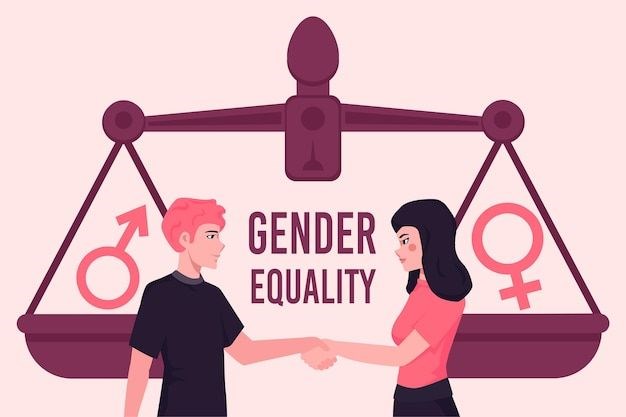Search here

14-Jul-2025 , Updated on 7/14/2025 11:40:20 PM
Did Ancient India Offer More Gender Equality Than Today?
Vedic Era Educational Opportunities
According to evidence, women in ancient Vedic culture had access to a great extent of education despite being privileged. Rigvedic songs mention the female rishikas (sages) such as Ghosha and Apala writing verses. Things like Upanishads cite the example of philosophizing scholars like Gargi and Maitreyi. The education was Vedas oriented, rituals and philosophy where some women were admitted into priestly and warrior castes. Such access was limited by social status and dropped considerably in the Smriti period after Vedic culture. Literature of this subsequent period propagated female segregation and limited Vedic learning to women. Thus there did exist in early Vedic culture substantial educational opportunities among elite women, but only as outlying privileges of a differentiating society.
Post-Vedic Legal Restrictions Emerge
In the Post-Vedic era written legal measures to restrict the status of women limited them extensively relative to the more ancient Vedic era. Manusmriti and other works on Dharmashastra, the defense and enforcement of the rights of women in particular were systematically reduced by the law. The most common limitations were the downgrading of inheritance rights, the inability to study Vedas and to participate in rituals, and the creation of permanent guardianship (father, husband, son). These sets of laws testified to explicit restrictions to womanly autonomic legal and societal agency as a mark of solid regress in the status of the womenfolk.
Economic Participation Shifts Significantly
Historical literature demonstrates other economic rights that the artisans enjoyed as ancient Indian women were entitled to property rights (Stridhan), minor forms of inheritance, forms of craftsmanship and trade, especially in agrarian societies and the lower castes. Such rights were however not consistent and were limited by social structures. On the other hand, contemporary India has constitutional provisions on the equality of the sexes but showcases a noticeable downfall in economic participation of the women. The employment rate of women is 19.2 percent, a figure that is quite small compared to the numbers journeyed through in the past of agrarian and craft participation. This fall continues even in the face of higher female schooling and favorable policy, which is a dramatic step back in active economic agency on the part of women since ancient times.
Religious Authority Contrasts Evident
An obvious difference should be observed between ancient and modern Indian religious systems of authority in regards to gender equality. The early literature and the early literature of India reveal the contribution of females in philosophical discussions and the composition of hymns meaning accepted status in religion. Some of the historic traditions also allowed priesthood among women. Mainstream religious authority in the current scenario however is mostly male oriented. The male bodies rule over the major institutions because women have no right of access to sacred spaces and positions of ritual leadership. This institutional structure is not very different to that of evidence of wider female religious authority earlier.
Modern Equality Gaps Persist
There are ambitions of gender equality under the constitution in present day India, but evident inequalities remain objective. The participation of the female workforce is at alarming levels; it is ranging between 25%. There are notable pay gaps, which work against the females in every sector. Abnormal sex ratios indicate high preference of boys. Small numbers of female protection in society show that they are up against high incidences of violence. Systemic barriers are also evidenced by underrepresentation in so-called corporate and political leadership. Such facts overwrite formal legal equality and show that there is an unmet substantive social and economic equality. That disparity between policy and reality is stark and in dire need of concrete action.

Content Writer
Hi, I’m Meet Patel, a B.Com graduate and passionate content writer skilled in crafting engaging, impactful content for blogs, social media, and marketing.
Join Our Newsletter
Subscribe to our newsletter to receive emails about new views posts, releases and updates.
Copyright 2010 - 2025 MindStick Software Pvt. Ltd. All Rights Reserved Privacy Policy | Terms & Conditions | Cookie Policy